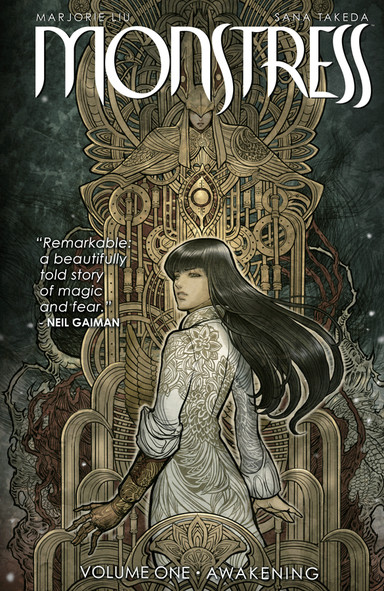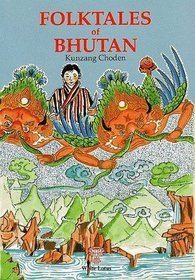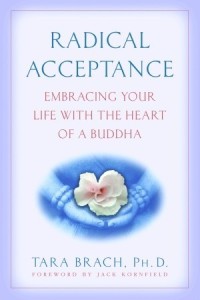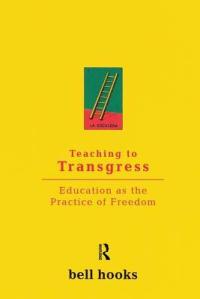Title: Rage Becomes Her: The Power of Women’s Anger
Author: Soraya Chemaly
Genre: Feminism
Trigger Warnings: Misogyny (severe), sexism (severe), suicide (mentions), eating disorders (mentions), sexual assault
Note: Trigger warnings in DNF books only cover the part I read. There may be triggers further in the book that I did not encounter.
Read To: 20%
Back Cover:
Women are angry, and it isn’t hard to figure out why.
We are underpaid and overworked. Too sensitive, or not sensitive enough. Too dowdy or too made-up. Too big or too thin. Sluts or prudes. We are harassed, told we are asking for it, and asked if it would kill us to smile. Yes, yes it would.
Contrary to the rhetoric of popular “self-help” and an entire lifetime of being told otherwise, our rage is one of the most important resources we have, our sharpest tool against both personal and political oppression. We’ve been told for so long to bottle up our anger, letting it corrode our bodies and minds in ways we don’t even realize. Yet our anger is a vital instrument, our radar for injustice and a catalyst for change. On the flip side, the societal and cultural belittlement of our anger is a cunning way of limiting and controlling our power.
We are so often told to resist our rage or punished for justifiably expressing it, yet how many remarkable achievements in this world would never have gotten off the ground without the kernel of anger that fueled them? Rage Becomes Her makes the case that anger is not what gets in our way, it is our way, sparking a new understanding of one of our core emotions that will give women a liberating sense of why their anger matters and connect them to an entire universe of women no longer interested in making nice at all costs.
Following in the footsteps of classic feminist manifestos like The Feminine Mystique and Our Bodies, Ourselves, Rage Becomes Her is an eye-opening book for the twenty-first century woman: an engaging, accessible credo offering us the tools to re-understand our anger and harness its power to create lasting positive change.
Review:
This book has a lot of promise, a lot of research, and a lot of good ideas. But ultimately for me, it inspires too much rage.
I am not a woman. However, I am woman-shaped (my general term for presenting mostly feminine, having most people who look at me put me in the “female” box, and having political issues that affect “women” usually affect me as well) and was socialized female as a child. I am aware of and have personally experienced most of the reasons women and girls are angry that Soraya Chemaly talks about in the first 20% of this book. I myself am full of anger. And having all the reasons I am angry laid out in book form with sources on how much it hurts people made me furious. It made me want to burn down society while knowing that there’s nothing I can do and I’d likely only burn myself down in the attempt.
This is an absolutely intense read. I could only read it in small doses. I’ve said that before about intense books about trauma and such, but those “small doses” were in the 2-hour range. With this book, I risked getting out my phone at work to switch books because I could only handle about half an hour before I wanted to strangle the whole of society with my bare hands.
If I had read this as a physical book instead of an audiobook, I might have skipped around, moving forward to the point where Soraya tells me what I can do with my rage. But audiobooks are hard to skip around in, especially without a table of contents, and this book is already intense. It has really good research and is definitely a worthwhile book, but I am too full of rage to read it without boiling myself to death in frustrated rage. I may come back to it in the future – maybe I’ll find a physical or ebook copy and skip to the solutions section- but for the sake of my own sanity, I’m putting it down for now.










